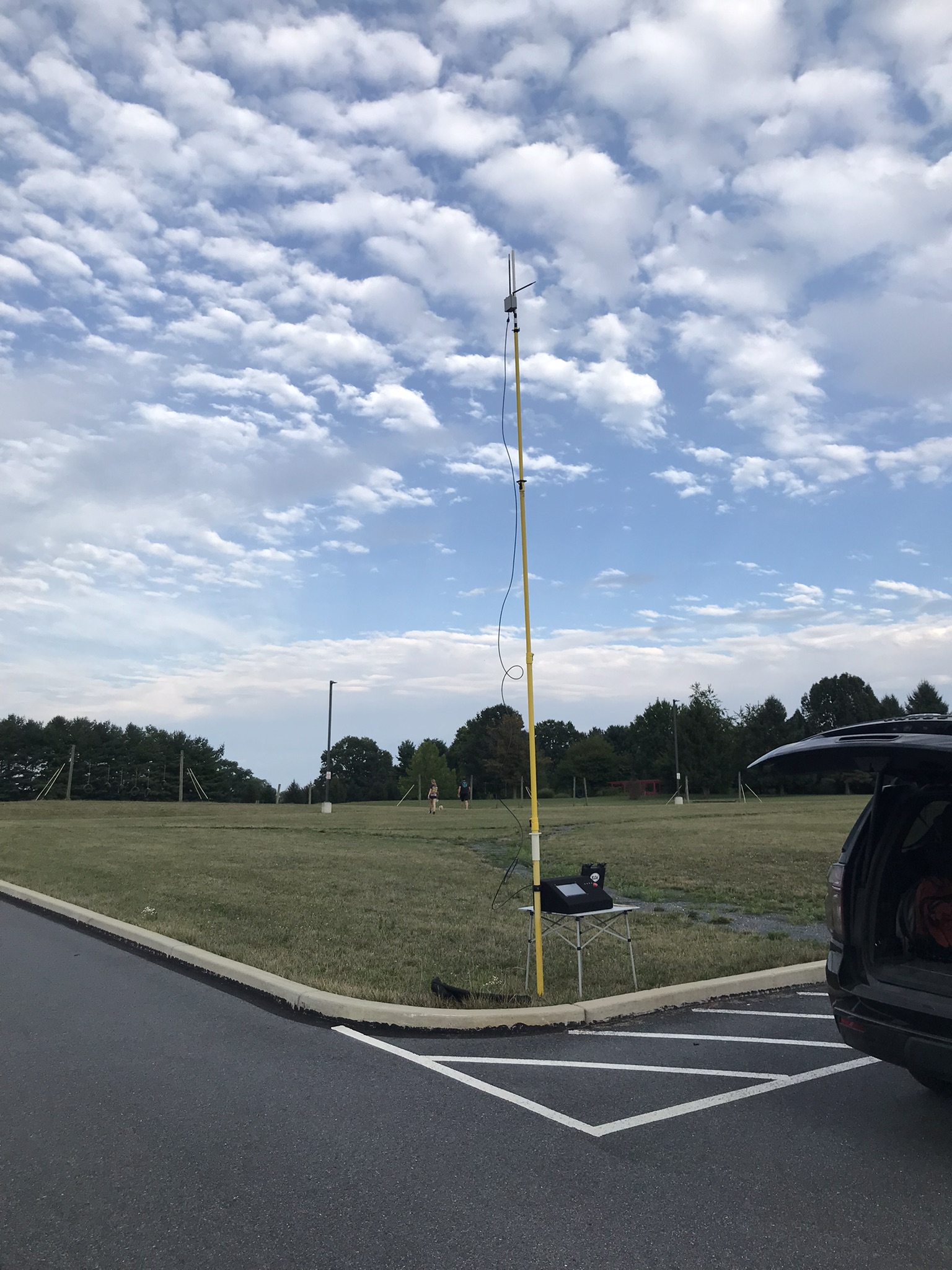A wise person (okay - it was N6MTS) once mentioned on the Ham Radio Workbench something along the lines of, if you pick up something just to learn the thing, you likely won’t go far with it. If you instead have an actual problem to solve, where said thing has an application, then all the sudden it becomes much easier to dig in and learn said thing.
It was quite a while ago, but if I recall correctly, he was specifically talking about micro-controllers like Arduino etc. In my case, the thing that I’ve been dancing around, but didn’t actually have a use for (before now) was AREDN. I’ve been fascinated by the AREDN project for a while, but with no nodes close to me, I didn’t have a good reason to put up a node to just be spitting data into the void. More recently however, I finally had a use case.
Before I get too far though, let me get in the plugs:
support some repeaters financially, or with donations of equipment, or by connecting an existing repeater to the Pride Network. Donations of cash, or commitments to connect existing repeaters to the Pride Network have the biggest and fastest impact!
if donations aren’t your bag, Buy some cool stuff to support the projects - the margins are smaller, but walking around town, going to club meetings, or heading out to a hamfest, while wearing the swag helps bring more attention to the effort, so can be very impactful in the long run!
Use Case for AREDN
The use case that finally made digging into AREDN worth it for me, was related to the Radio Rocket project. For versions 2 and 3 of the rocket, and for the upcoming version 4 (more on that to come…) we built some stuff into the dashboard to be able to post live telemetry updates to the rocket’s mastodon account. We started toying with the idea of streaming some video too, but on a mobile hotspot the data can get chewed up ($$$) pretty quickly. Since our most common launch sites are fairly close to home, this finally gave me a use for AREDN - set up a node at home, and take a portable node to the launch site. This way we could send data via the mesh back home, and then from home run some software that kicks said data out to the broader internet. I’ve been slowly picking away at that, and today we did our first successful test from the parking lot next to where we often launch.

Since we’ve been busy it took awhile, but the basic set up is this:
- A Microtik BaseBox 2.4 at home, with a vertical omni-directional MIMO antenna on my eve-mount mast.
- The BaseBox is connected to a smart switch, which in turn has a couple small computers connected to it, serving up various services, one of which is a node red server.
- At the top of the portable mast is a GLiNet device, with a POE extractor, so that I can use POE coming up the ethernet cable to power the node and transmit the data, so that I can use just that single wire running up the mast.
- for the test, I just accessed the UI of the node red dashboard that is connected to the BaseBox, via the portable node, where I made myself a small tooting interface.
- The node red dashboard then relays that through the device’s connection to the internet at large, to send the message.
- For the ground station’s dashboard on launch day, there are some node red nodes that send telemetry messages back home the same way.
Here is our successful test message, on Mastodon
The most interesting learning here, is that I had a plenty strong signal even before I extended the mast, so on launch day I can use my much smaller, more portable, Buddipole mast, or even just put the node and it’s small mount, right onto the clamp on the side of the ground station.
At our next launch, we’ll likely turn on this interface, so if you use Mastodon, be sure to follow the radio rocket there, and you’ll get live updates from the rocket during its flight, that will have traveled via LoRa from the rocket to the ground station, via 2.4Ghz AREDN from the ground station back to the home QTH, and then out to the internet from there.